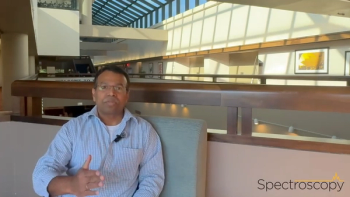
Bruker Installs 1.2 GHz NMR System at The Ohio State University
This is the first 1.2 gigahertz nuclear magnetic resonance spectroscopy system in the United States; eight are currently installed in Europe.
Bruker Corporation announced the successful completion of the installation of a 1.2 gigahertz (GHz) nuclear magnetic resonance (NMR) spectroscopy system at the
This marks the first 1.2 GHz NMR in the United States, with eight already having been installed in Europe (with four more on order), a novel single-story 1.0 GHz NMR in Japan, and a 1.2 GHz NMR on order in South Korea.
Two 1.1 GHz NMRs have been funded, like the one at Ohio State, by the U.S. National Science Foundation (NSF): one already installed at the University of Wisconsin-Madison and another on order at the University of Georgia. There is also one in use at St. Jude Children’s Research Hospital in Memphis, Tennessee.
The 1.2 GHz NMR spectrometer “enables high-resolution liquid and solid-state NMR experiments,” according to the press release, and will be used to study advanced materials such as batteries as well as biological molecule structure and dynamics. GHz-class NMR, the company said, advances research into functional molecular disorder across multiple areas of pathobiology.
The end goal, according to Bruker, is to better understand the underlying mechanisms of diseases including cancer, Alzheimer’s disease, cardiovascular disease, and viral infections.
Newsletter
Get essential updates on the latest spectroscopy technologies, regulatory standards, and best practices—subscribe today to Spectroscopy.





